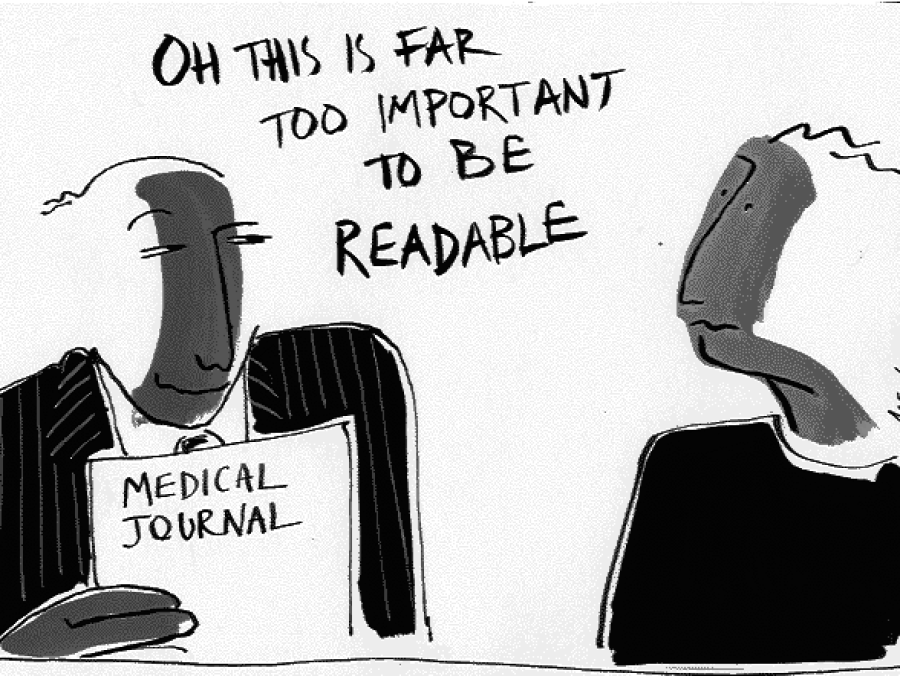'Good writing style': a tool not a measuring stick!
Image copyright Min Cooper, reproduced by permission
Ask most people for a definition of style and they will come up with words such as flowing and readable, witty and elegant, enjoyable and satisfying.
Which is fine, up to a point. We can hardly disagree with such words, but they don’t really help us when, for instance, we want to know whether to choose one word over another: start or commence, for instance?
Over the past 100 years or so many excellent writers have given us their own advice, and much of it comes down to the following:
- prefer short sentences,
- prefer short words,
- prefer the active to the passive,
- make every word count.
The main difficulty is that these guidelines can be too rigid. Sometimes the target reader does not value short words and short sentences. A good example are medical journals, which have come to adopt (and even love) a style that is complex and pompous. Those writing for this market would be ill-advised to adopt the 'rules' printed above.
This brings us to a more flexible view of style. My own preferred definition is this: a 'good style' is one where the choice of words and grammatical constructions is most likely to get the message across to the target audience.
Style is no longer a measuring stick but an invaluable tool we can use to tailor our message towards our chosen audience. It becomes a means to an end, and not an end in itself.
The importance of a good structure
Structure is as important as style - and is often overlooked.
I am not just talking here about the need for clearly developing paragraphs, but for the overall shape of the piece of writing. And specifically, where the message should appear.
Those trained as scientists follow an agreed structure of Introduction - Methods - Results - Discussion. The result is that their message does not come until the end of the paper.
For writing scientific papers and reports this is - through custom rather than any logical reason - the preferred structure. But for most other types of writing it has a major disadvantage: many readers may not get to the end and so will not even see the message.
There is an alternative approach - dubbed the 'inverted triangle'. With this structure - used most conspicuously in news stories - the all-important message comes at the start of the piece. This has some logic to it: this is where the reader will start and therefore has the highest chance of being read.
For most kinds of writing this approach is far more likely to be successful: hit the reader with the most interesting bit at the beginning, rather than hope they will make it to the end to find out what you really want to say.
This can be controversial: some say it is sensationalism.
But the message is the same: we are merely arguing about where it should go.
'What is written without effort is in general read without pleasure' - Samuel Johnson
Have something to say, and say it as clearly as you can. That is the secret of style' - Matthew Arnold




